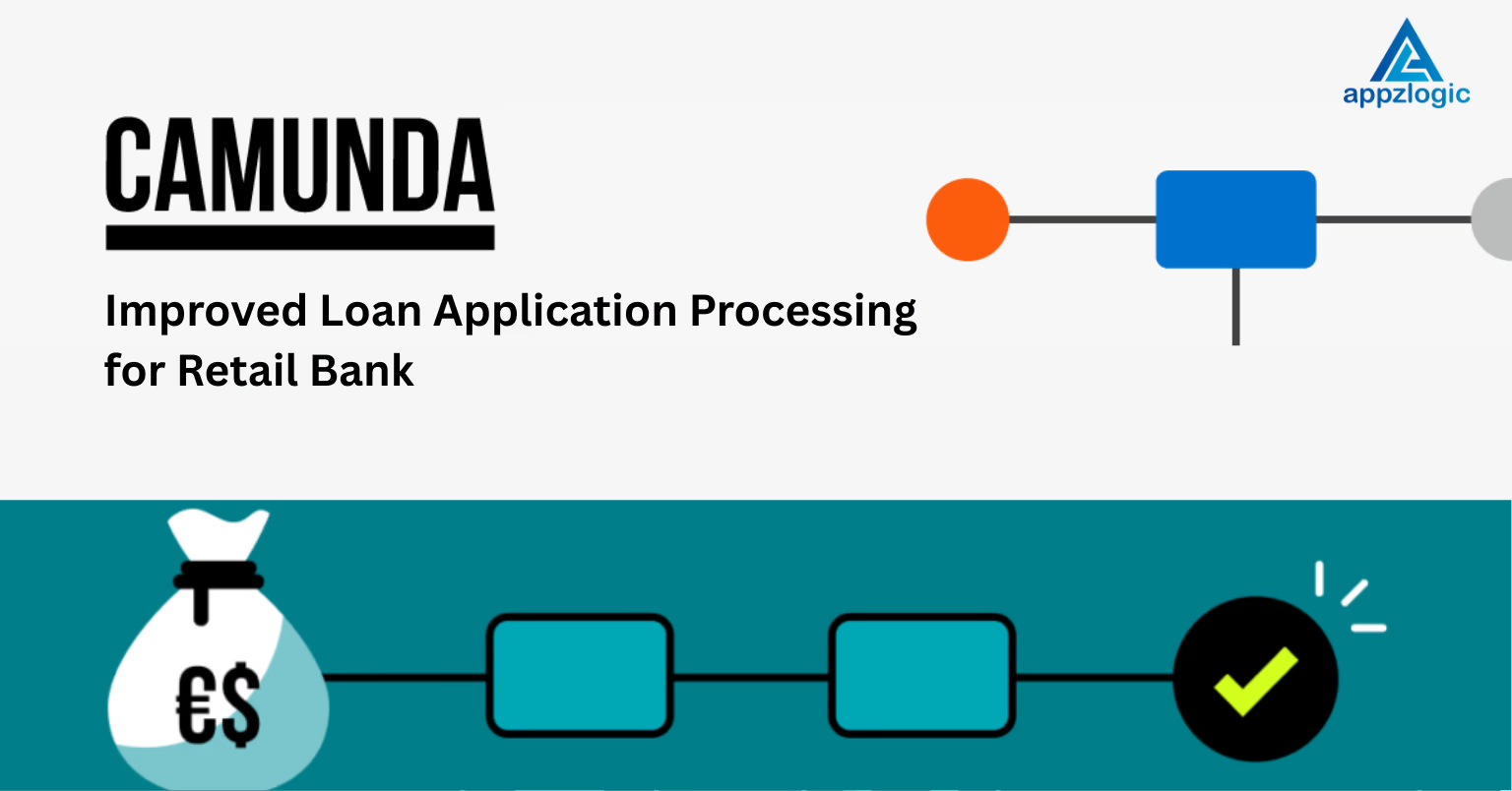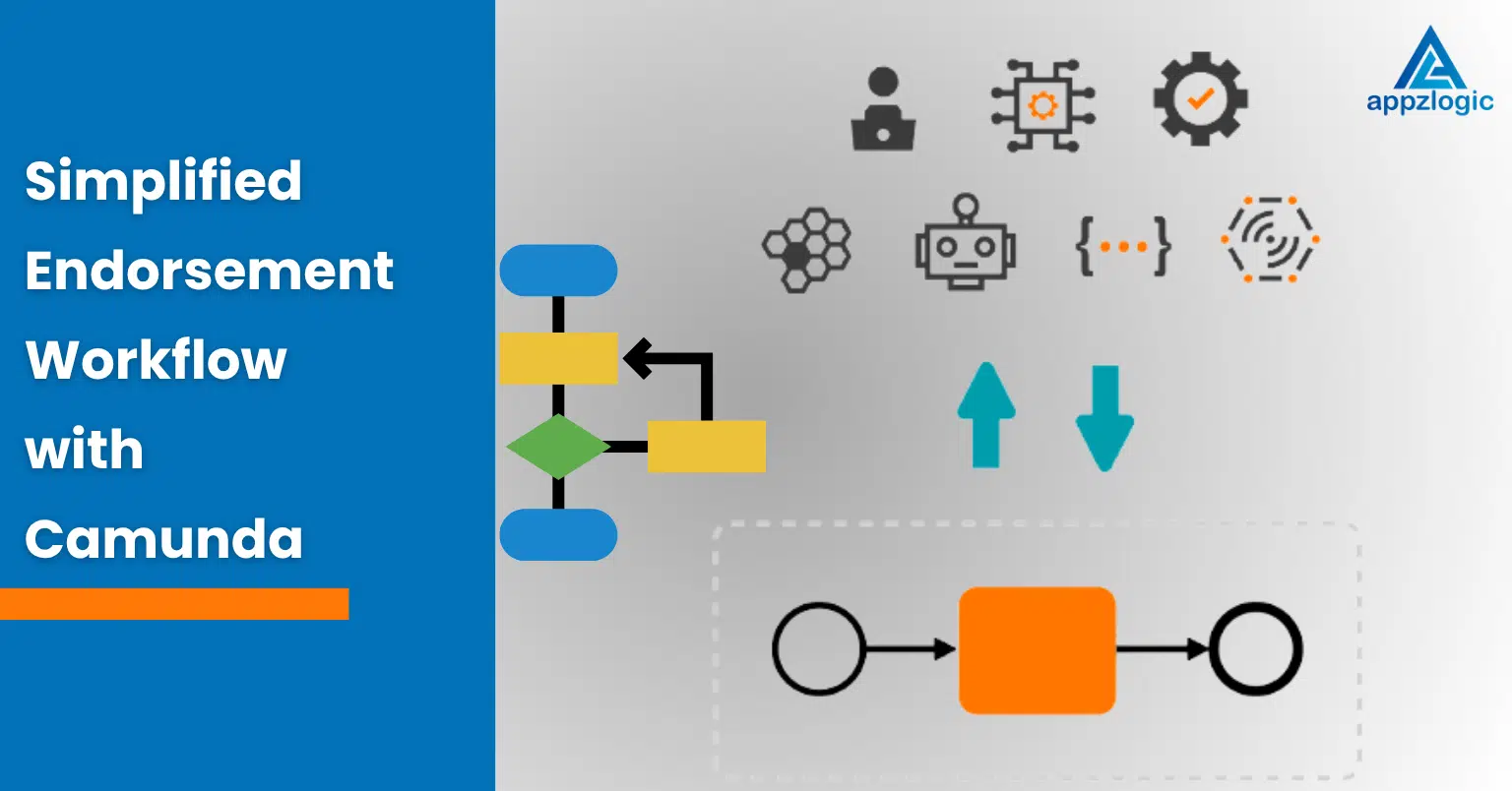How Camunda Improved Loan Application Processing for a Retail Bank

Overview
One of our clients, a retail bank that offers personal and home loans several steps including customer submission of the application online, KYC and document verification, credit score checks through an external bureau, risk assessment by the approval committee, and finally loan disbursement. Ho was struggling with its loan application process. Their process was slow, opaque, and involve of manual tasks that caused delays and frustration for both employees and customers.
The Challenges
Before implementing Camunda, the bank faced multiple challenges in managing its loan application workflow.
- Loan officers did not have a clear view of where each application was in the process. When customers called the helpline asking for their loan status, the staff had no easy way to answer quickly and accurately. Managers could not monitor where the real delays were happening. For example, they did not know if KYC verification was taking longer than the credit bureau response or vice versa.
- Furthermore, the reporting process was manual. Extracting data required gathering information from several disconnected systems, which was time-consuming and prone to errors. There was no single dashboard that provided a full picture of the process. This lack of visibility meant it was difficult to identify bottlenecks and improve efficiency.
The Solution
To solve these problems, the bank decided to implement Camunda Business Process Model and Notation (BPMN) workflows using the business process modeling notation standard. Camunda allowed the bank to automate and organize each step in the loan application process as a service task, following bpmn 2.0 specifications.
- With Camunda in place, the process became transparent and manageable. Every step of the loan process, from KYC verification to the final approval, was set up as a task in the workflow using camunda modeler. The use of the camunda bpmn modeler helped design the workflow visually, making it easier for the team to understand and maintain.
- Camunda bpmn framework provided a reliable and efficient way to orchestrate the process. Camunda’s Cockpit and Optimize dashboards provided real-time insights for managers and employees. They could see how many applications were currently at each stage and how long each step was taking on average.
- For example, if many applications were getting delayed at the “Credit Bureau Response” step, Camunda showed this clearly, allowing the team to act. Exception handling became much easier too. If the KYC verification API failed, Camunda automatically flagged the issue so that a human could quickly address that.
- Another important improvement was in customer communication. Instead of customers having to call the helpline repeatedly to ask about the status of their loan, the system automatically notified them at each step. These kept customers informed without any manual effort from the bank’s employees.
- The implementation followed camunda bpmn best practices, ensuring that the process was modular, maintainable, and easy to audit. This approach aligned perfectly with the business process model and notation philosophy of clear, standardized process mapping.
The Outcome

The changes brought by Camunda had significant positive impacts.
- Loan officers gained real-time visibility into the progress of each loan application. They no longer had to guess or manually check multiple systems. Every application was clearly tracked through the Camunda dashboard.
- As a result, customer queries dropped by 40 percent. Customers were satisfied because they received timely updates without having to call repeatedly.
- The bank was able to identify and fix bottlenecks in the process. One such bottleneck was the delay caused by the external credit bureau. Camunda showed that 60 percent of delays happened at this step. The bank responded by switching to a faster credit bureau API, which improved the flow.
- The overall processing time for loan applications was greatly reduced. Before Camunda, the process took around seven days on average. After implementing the automated workflow, the time reduced to just two days.
- Another benefit was improved compliance. Audit teams could now access a complete and traceable history of every application. Each step in the process was recorded and could be reviewed easily for audits and internal checks.
Conclusion
Implementing Camunda for loan application processing helped the retail bank solve major problems of visibility, delays, and customer dissatisfaction. The automation of tasks using the camunda bpmn 2.0 framework made the process more reliable and efficient. Managers could monitor bottlenecks and take necessary actions, while customers were kept informed without needing to call for updates.
The bank reduced its loan processing time from seven days to two days, lowered the number of customer inquiries, and ensured better compliance with full traceability.
This case shows how a well-organized workflow tool like Camunda, built on business process modeling notation and following camunda bpmn best practices, can bring clarity and speed to a complex process, benefiting both the company and its customers.

